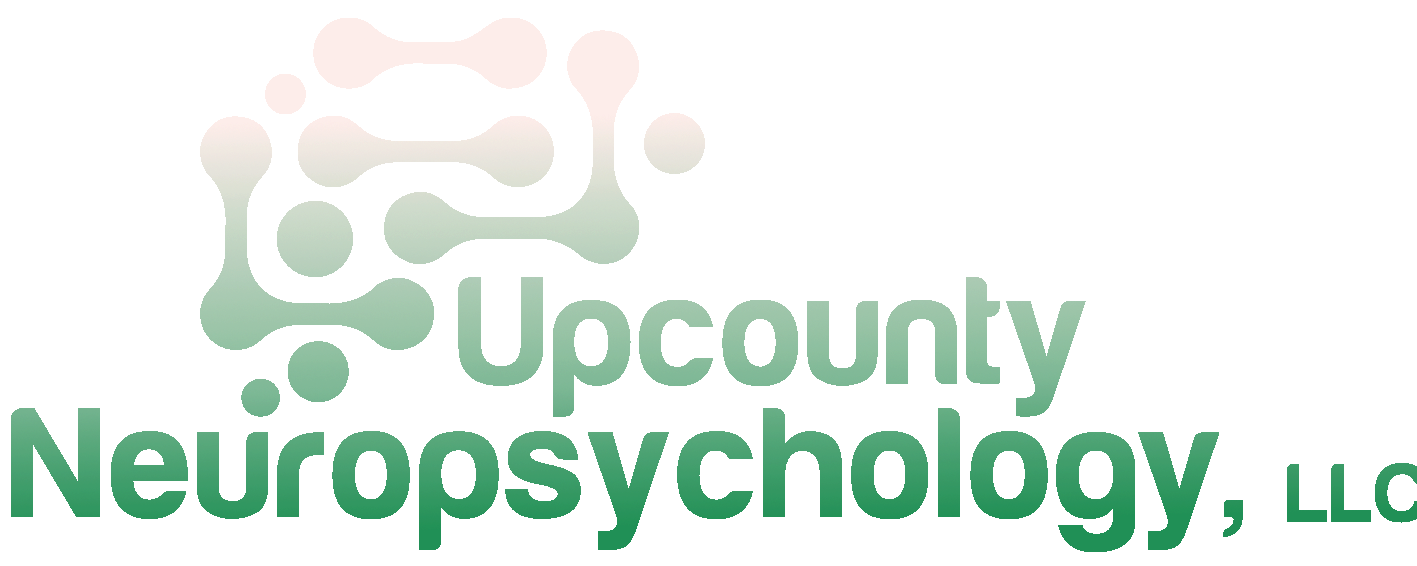
Personality Disorders
Personality disorders involve long-term patterns of thoughts and behaviors that are inflexible and maladaptive. People with personality disorders have trouble dealing with everyday stresses and problems, and they often have stormy relationships. The Diagnostic and Statistical Manual of Mental Disorders (DSM-5) describes ten personality disorders, each a distinct mental illness and not, as the name suggests, just a flaw or quirk in someone’s personality.
Personality disorders tend to appear in adolescence or early adulthood, continue over many years, and cause a great deal of distress. During that time they can cause enormous conflict with other people, cause relationships to fail or prevent them from developing in the first place, interfere with someone’s ability to function appropriately in social situations, and get in the way of reaching life goals. The DSM-5 organizes the ten personality disorders into three groups, or clusters, based on shared key features.
Cluster A
These personality disorders are characterized by odd or eccentric behavior. People with Cluster A personality disorders tend to experience major disruptions in relationships because their behavior may be perceived as peculiar, suspicious, or detached.
Cluster A personality disorders include:
- Schizoid personality disorder is characterized by social isolation and indifference toward other people. People with this disorder often are described as cold or withdrawn. They rarely have close relationships with other people, and they may be preoccupied with introspection and fantasy.
- Schizotypal personality disorder is a pattern of acute discomfort in close relationships, strange beliefs, and odd behavior.
- Paranoid personality disorder is a pattern of distrust and suspiciousness such that others’ motives are interpreted as malevolent.
Cluster B
Cluster B personality disorders are characterized by dramatic or erratic behavior. People who have a personality disorder from this cluster tend to either experience very intense emotions or engage in extremely impulsive, theatrical, promiscuous, or law-breaking behaviors.
Cluster B personality disorders include:
- Borderline personality disorder is characterized by emotional instability, intense interpersonal relationships, and impulsive behaviors.
- Histrionic personality disorder features a need to always be the center of attention that often leads to socially inappropriate behavior in order to get attention. People with this disorder may have frequent mood swings as well.
- Antisocial personality disorder tends to show up in childhood, unlike most other personality disorders that don’t appear until adolescence or young adulthood. Symptoms include a disregard for rules and social norms and a lack of empathy for other people.
- Narcissistic personality disorder is a pattern of self-centeredness, exaggerated self-image, and lack of empathy for others
Cluster C
Cluster C personality disorders are characterized by extreme anxiety. Individuals with personality disorders in this cluster tend to experience pervasive anxiety and/or fearfulness.
Cluster C personality disorders include:
- Dependent personality disorder involves fear of being alone and often causes those who have the disorder to do things to try to get other people to take care of them.
- Obsessive-compulsive personality disorder is characterized by a preoccupation with orderliness, perfection, and control. It is not the same as obsessive-compulsive disorder (OCD).
- Avoidant personality disorder is a pattern of social inhibition, feelings of inadequacy, and hypersensitivity to negative evaluation.
We invite you to review the services that Upcounty Neuropsychology offers and to feel free to call us or contact us online for more information or to request an appointment

